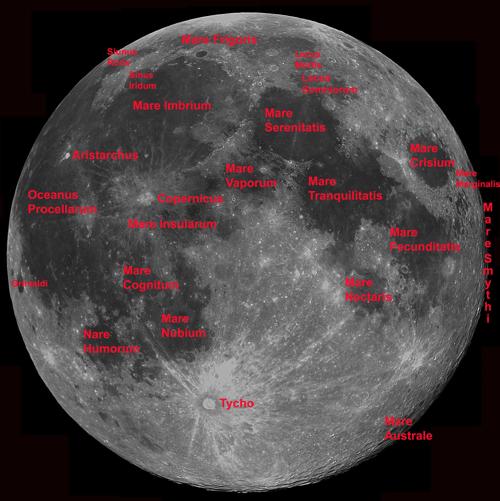Make sure to check out the “supermoon” on Saturday night, Aug. 29.
At its closest approach to the Earth, this full moon will be slightly larger and brighter than usual.
With the naked eye and binoculars it will be possible to see two prominent craters — Copernicus and Tycho.
Tycho is especially bright, and its rays streak over a large portion of the moon.
Copernicus is a gorgeous crater best seen through a telescope, but it is visible with binoculars.
Maria (singular mare) are the large dark areas on the moon. Mare means sea in Latin, but they are really vast expanses of dark lava from ancient eruptions.
The largest are recognizable to the naked eye, and they all have very fanciful names: Mare Crisium, Sea of Crises; Mare Fecunditatis, Sea of Fertility; Mare Nectaris, Sea of Nectar; Mare Tranquillitatis, Sea of Tranquility where the Apollo 11 astronauts landed; Mare Serenitatis, Sea of Serenity; Mare Frigoris, Sea of Cold; Mare Imbrium, Sea of Rains; Mare Humorum, Sea of Moisture; Oceanus Procellarum, Ocean of Storms; Mare Nubium, Sea of Clouds.





